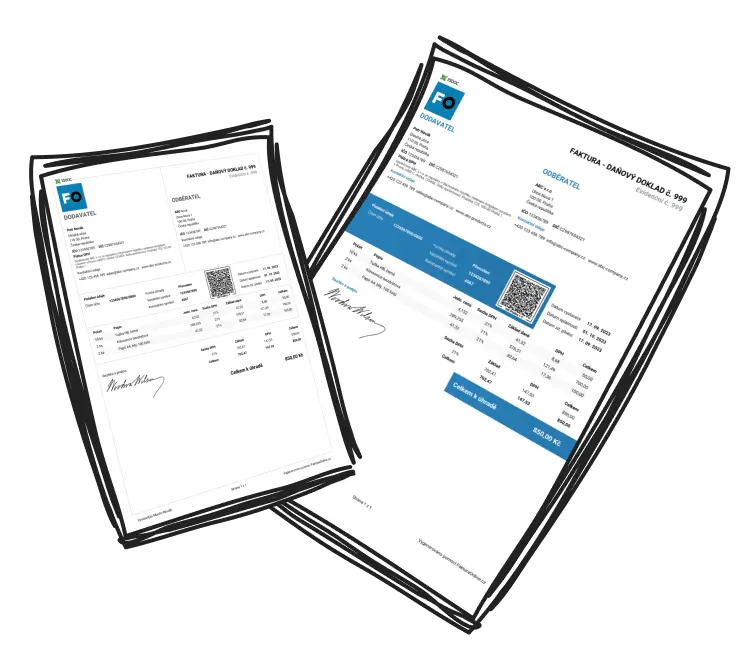Why Do Estimate Adjustments Occur?
Providing clients with the "why" behind estimate adjustments helps to build trust and ensure transparency.
Changes in project scope or requirements: Midway through a project, clients may request new features or revisions, expanding the scope.
Unforeseen technical challenges: Complexities discovered during execution, such as coding errors or hidden structural issues, can impact the estimate.
Adjustments based on external factors: Third-party delays, material cost fluctuations, or shifts in resource availability can alter original projections.
Errors in initial estimates: Underestimated complexities or overlooked details in the planning phase may necessitate updates later on.
Client feedback: Collaborative discussions may lead to new ideas and revisions that alter the deliverables.

Example
A construction project might require additional funding after discovering unexpected foundational issues during excavation.
When Should Clients Be Informed About Estimate Adjustments?
Timely communication of estimate adjustments can prevent misunderstandings and protect your reputation.
Timely updates are key when changes arise:
Notify clients as soon as changes are confirmed. Once an adjustment is validated and impacts project costs, timelines, or deliverables, inform clients immediately to prevent surprises.
Integrate updates into routine check-ins. Regular updates during progress meetings can ensure clients are kept in the loop and adjustments aren’t seen as sudden or disruptive.
Avoid overcommunicating minor fluctuations. Only report issues that affect the project’s scope, budget, or timeline significantly to avoid unnecessary concern.

Tip
Proactive communication fosters trust while giving clients enough time to adjust their plans or make informed decisions.
How Should Estimate Adjustments Be Communicated to Clients?
How you communicate estimate adjustments is just as pivotal as the adjustments being made.
Use clear and simple language: Avoid technical jargon unless the client is comfortable with it.
Explain the reasons for the adjustment: Be transparent about the causes, whether they involve scope changes, external challenges, or project discoveries.
Focus on solutions, not problems: Present actionable strategies, such as revised timelines or cost-saving measures, to show commitment to resolving the situation.
Highlight client benefits: Emphasize improved end results, such as better quality or value, to reframe the adjustment in a positive light.
Document and follow up: Summarize discussions in writing to provide clarity and a reference point.
Always maintain a collaborative and empathetic tone to reassure clients of your dedication to their goals.
What Is the Best Way to Explain Estimate Adjustments to Clients?
It’s not just about sharing updates—it’s about effectively explaining estimate adjustments.
When explaining estimate changes, focus on building trust and framing the update constructively:
Good approach: “Together, we identified a need to adjust the timeline to ensure the final product exceeds expectations. Here’s a revised plan to maintain quality while staying on track.”
Bad approach: “The project will take longer because we underestimated the complexity. This will lead to delays.”
Use value-driven explanations and provide direct answers to client questions. Communicating collaboratively demonstrates a shared commitment to success.

Example
If material prices increase, explain the impact in detail and offer options like sourcing from alternative suppliers or adjusting the scope to manage costs.
How Can Estimate Adjustments Impact Client Expectations?
A well-handled estimate adjustment can become an opportunity to enhance trust and credibility.
Potential risks: Poorly communicated updates can lead to frustration, mistrust, or a negative perception of your management skills.
Transparency builds trust: Openly addressing reasons behind adjustments shows accountability and professionalism, helping clients understand that changes are sometimes inevitable.
Consistent follow-ups reassure: Regular updates, even outside of adjustments, help maintain client confidence and set realistic expectations.

Warning
Delays or added costs without clear explanations may create long-term dissatisfaction, damaging the client relationship.
Key Takeaways: Navigating Estimate Adjustments Successfully
Quick reminders for confidently and clearly navigating estimate adjustments:
Always communicate as soon as possible—timing is critical.
Clearly explain changes and offer actionable solutions.
Maintain a collaborative tone and validate your client’s concerns.
Emphasize how adjustments improve the final result.
Proactively share updates to build lasting trust and confidence.
Effectively navigating estimate changes strengthens relationships, ensuring clients see you as a reliable and solution-focused partner.

